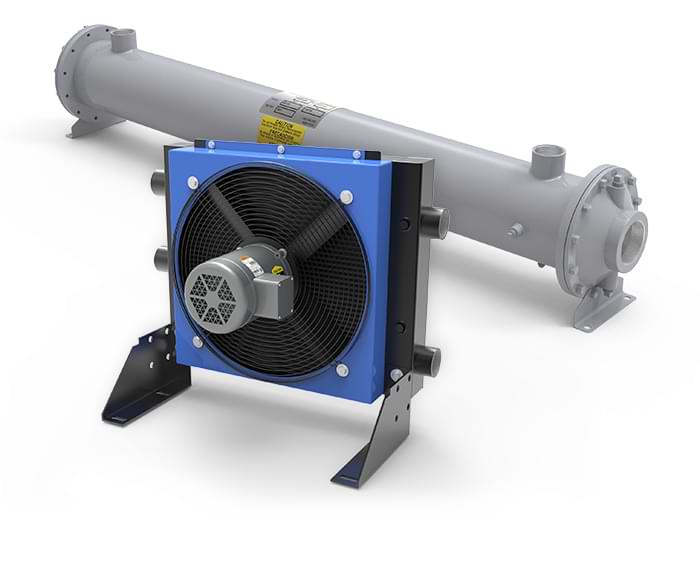
Choosing the Right Compressor Cooling Solution
Compressor cooling is essential for maintaining efficient, reliable, and long-lasting compressed air systems. Air-cooled and water-cooled aftercoolers serve the same purpose—cooling hot compressed air to condense moisture and protect downstream equipment—but differ significantly in design, operation, and application suitability. Air-cooled aftercoolers use ambient air and fans to dissipate heat, offering simplicity and low maintenance, ideal for environments without water resources. Water-cooled aftercoolers leverage water through heat exchangers for superior cooling efficiency, perfect for high-heat or high-pressure systems, though they require a consistent water supply and more upkeep.
Both systems reduce air temperature to within 15-20°F of the cooling medium, removing up to 75% of moisture when paired with a separator. The choice between them depends on factors like ambient conditions, compressor size, installation space, and operational costs. Our team specializes in guiding you to the optimal cooling solution, balancing performance, efficiency, and budget to meet your specific needs.
From compact air-cooled units for small workshops to robust water-cooled systems for industrial plants, we provide tailored solutions to ensure clean, dry compressed air. Our aftercoolers are engineered for durability, energy efficiency, and easy integration, helping you maximize system performance while minimizing downtime and maintenance.


